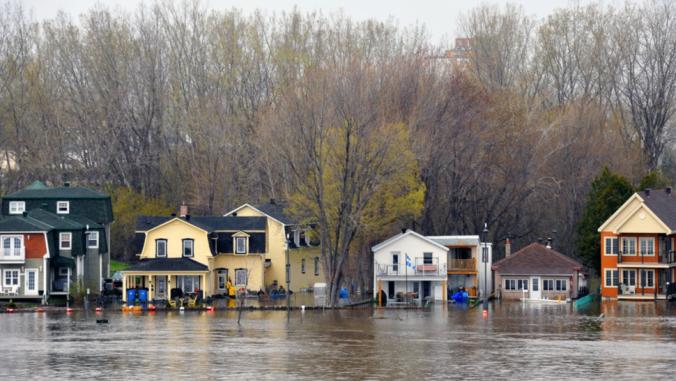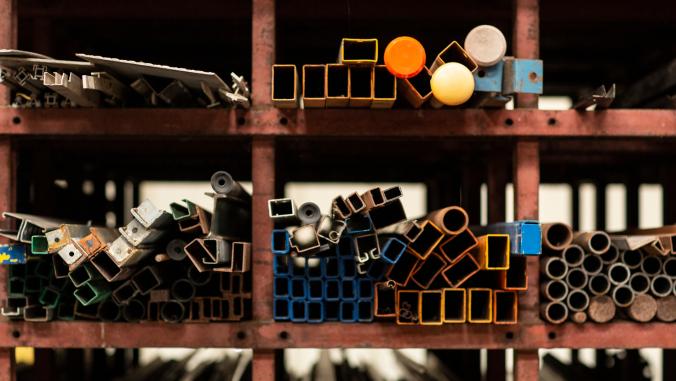Teeny, tiny creatures play a big role in climate change
Tiny bacteria, protozoa and fungi in agricultural systems contribute methane into the atmosphere — and they're spreading.

This article was originally published in Ensia.
You can’t see them, but it’s time to start trying.
Microorganisms, tiny creatures invisible to the naked eye, play a "central role" in our climate crisis, more than 30 microbiologists contend in a new report in Nature Reviews Microbiology. "The microbial world constitutes the life support system of the biosphere," the researchers write in what they call a "scientists’ warning to humanity."
Despite living everywhere that larger organisms inhabit, and in many extreme environments in which they don’t, bacteria and other microbes are "rarely the focus" of climate change research, the scientists say. To adequately address the climate challenge, they say, that needs to change.
Take the greenhouse gas methane, whose molecules heat the planet by 86 times as much as carbon dioxide over a 20-year period. A key source of methane emissions is agriculture — or, more precisely, microorganisms that live in agricultural systems. The microbiologists’ warning notes that while rice helps feed half of all people on Earth, the microbes that live in rice paddies produce one-fifth of agricultural methane — hundreds of millions of tons of the gas.
Meanwhile, the researchers point out, the No. 1 way humans spurt methane into the air is by raising ruminant livestock, animals such as sheep and cattle, who carry methane-producing microbes in their guts. These tiny bacteria, protozoa and fungi help break down food, a process that releases methane on the other end. That’s why the climate footprint of ruminant meat production is 19 to 48 times higher than some plant-based protein.
The amount of methane in the atmosphere has been climbing, especially since 2014. While researchers haven’t reached a consensus on exactly what’s driving the recent spike, it likely involves both fossil fuels and microbial methane-makers in wetlands and farmland.While researchers haven’t reached a consensus on exactly what’s driving the recent spike, it likely involves both fossil fuels and microbial methane-makers in wetlands and farmland.
In the oceans, the report says, warming waters may change the communities of microorganisms that live in corals, which could in turn boost the risk of coral bleaching and disease. And as oceans absorb carbon dioxide from the air, they become more acidic, which might be damaging the tissue of fish and other organisms, weakening their immune systems and opening an opportunity for bacterial infection.
Small marine algae known as phytoplankton coat the oceans, and they suck carbon dioxide out of the atmosphere. Half of photosynthesis worldwide is the work of these plankton, which churn through their life cycles far faster than trees and other plants. That speed, the study notes, makes them "respond rapidly on a global scale to climate variations."
On land, melting permafrost serves up a meal of formerly frozen carbon to microbes that decompose it, releasing carbon dioxide and methane into the air above.
The researchers urge more research investigating the role of microorganisms in climate change, and call for climate models to include microbial processes in order to improve predictions of future climate scenarios.
In addition, the scientists recommend that policy-makers and natural resource managers factor microorganisms into their decisions and actions such as efforts to meet the United Nations’ Sustainable Development Goals. That may seem a big emphasis on such tiny creatures — but if these researchers are right, it will be to everyone’s benefit to size up the small stuff.





